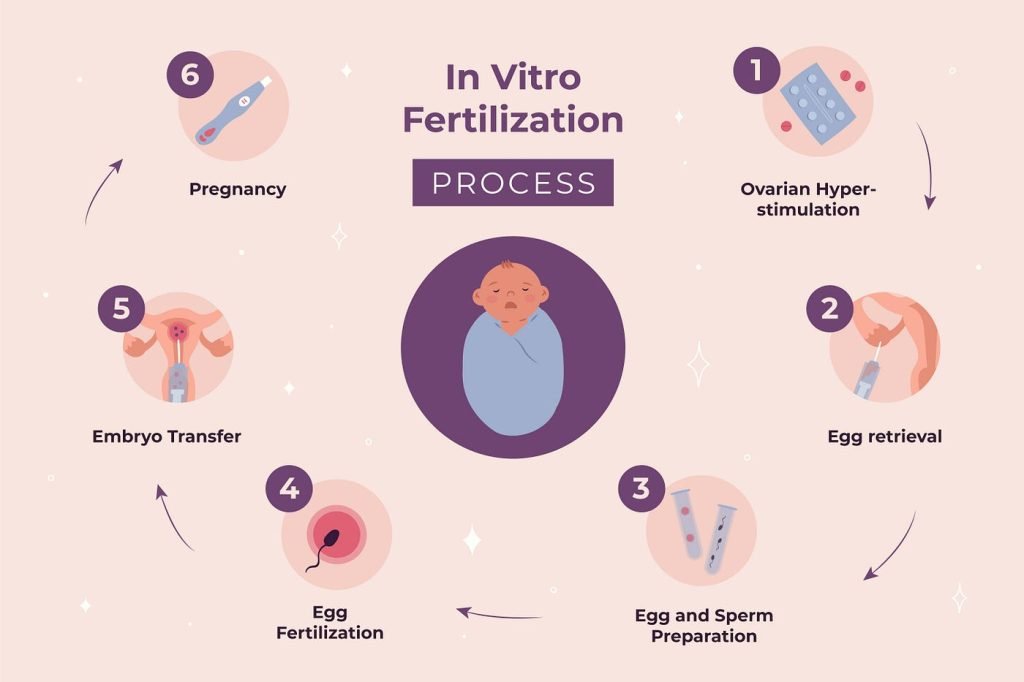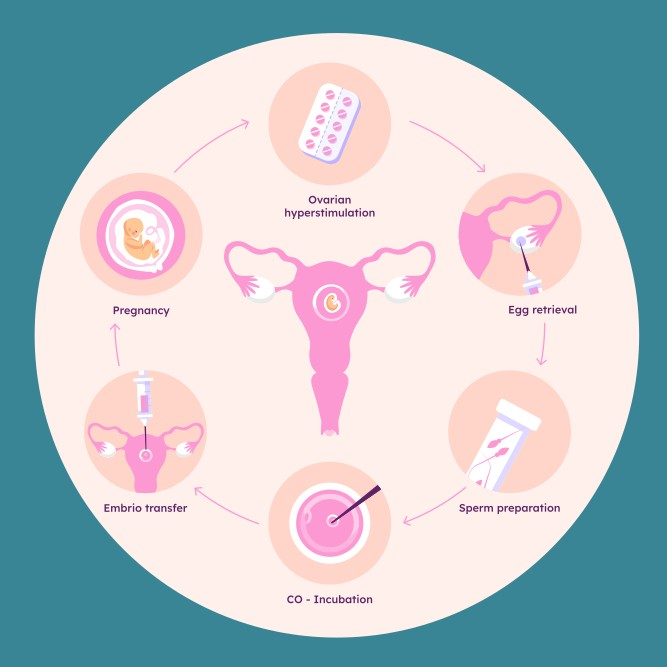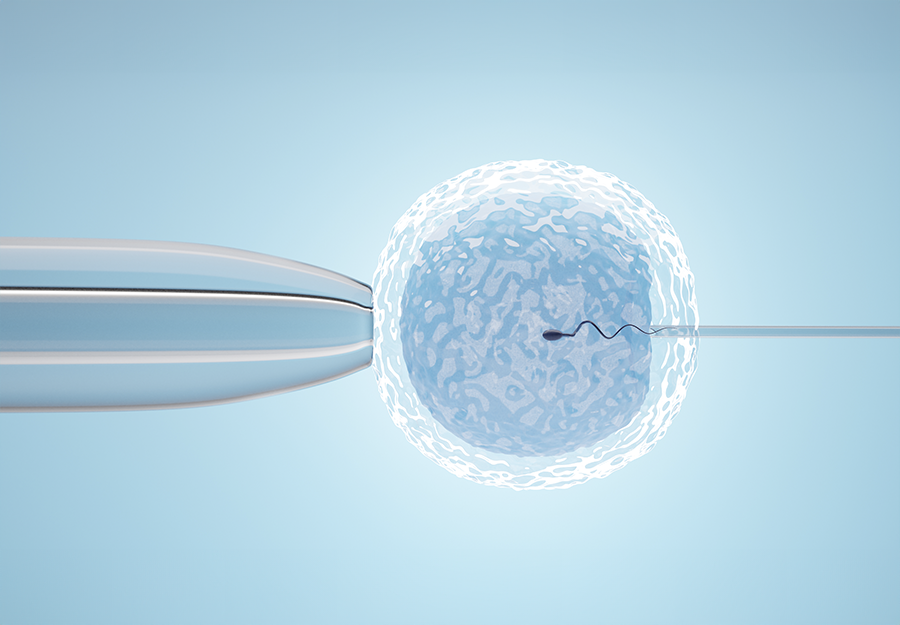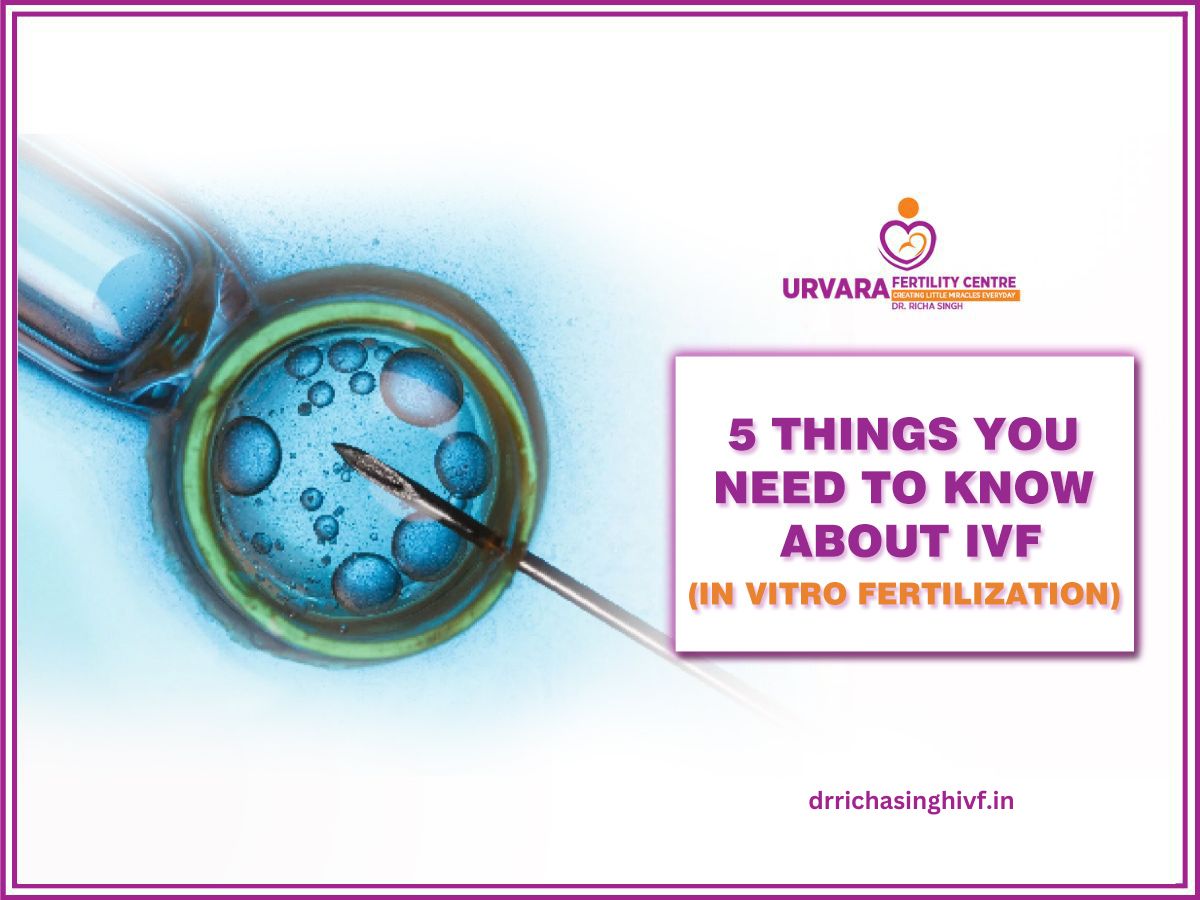
IVF Expenses: What You Need to Know About Costs, Hidden Fees, and Making It Work
March 30, 2025Define IVF: Everything You Need to Know About In Vitro Fertilization
Hey there! If you’ve ever wondered what IVF (in vitro fertilization) really is, you’re in the right place. Maybe you’ve heard it mentioned in movies, seen it on social media, or even know someone who’s gone through it. But what’s the full story? IVF is more than just a science-y term—it’s a life-changing process that’s helped millions of people start families. In this blog, we’re diving deep into what IVF means, how it works, and some surprising details you won’t find everywhere else—like the emotional rollercoaster, the latest breakthroughs, and even how hobbies can play a role. Let’s break it down together!
What Is IVF? A Simple Definition
IVF stands for in vitro fertilization, which basically means “fertilization in glass.” Cool, right? It’s a process where doctors help an egg and sperm meet up in a lab, outside the body, to create an embryo (a tiny baby-to-be). Then, that embryo gets placed into a uterus to hopefully grow into a pregnancy.
Think of it like a matchmaking service for eggs and sperm that need a little extra help. It’s part of something called assisted reproductive technology (ART), which is just a fancy way of saying “tools to help people have babies.” IVF isn’t natural conception, but it’s a brilliant workaround for when things don’t happen the usual way.
Why Do People Choose IVF?
People turn to IVF for all sorts of reasons:
- Trouble getting pregnant (infertility affects about 1 in 7 couples—crazy, huh?).
- Blocked or damaged fallopian tubes.
- Low sperm count or slow swimmers (yep, sperm have to be speedy!).
- Wanting to avoid passing on genetic diseases.
- Single folks or same-sex couples building families with donor eggs or sperm.
It’s not just about “fixing” something—it’s about making dreams come true. And here’s a fun fact: over 8 million babies have been born through IVF worldwide since it started in 1978. That’s a lot of birthday parties!

How Does IVF Work? A Step-by-Step Guide
Okay, let’s get into the nitty-gritty. IVF isn’t a one-and-done deal—it’s a journey with a few key steps. Imagine it like baking a cake: you need the right ingredients, a good recipe, and some patience. Here’s how it goes:
Step 1: Boosting Egg Production
- What happens? Doctors give you special medicines (called fertility drugs) to make your ovaries produce more eggs than usual. Normally, you release one egg a month, but IVF cranks that up to 10 or more.
- Why? More eggs mean more chances for success.
- Fun twist: Some people nickname this the “egg party” phase because your ovaries are working overtime!
✔️ Tip: Stay hydrated and rest—those meds can make you feel bloated or tired.
❌ Don’t: Stress if you feel weird; it’s normal to feel like a human balloon for a bit.
Step 2: Egg Retrieval
- What happens? Once the eggs are ready (tracked by ultrasounds), a doctor uses a tiny needle to scoop them out of your ovaries. You’re usually asleep for this, so no worries!
- Cool detail: They use an ultrasound wand to guide the needle—like a high-tech treasure hunt.
- Timeframe: Takes about 20-40 minutes.
✔️ Tip: Wear comfy clothes and bring a friend—you’ll want to chill after.
❌ Don’t: Plan a big day; you’ll need to take it easy.
Step 3: Sperm Meets Egg
- What happens? In a lab, scientists mix the eggs with sperm (either from a partner or donor). Sometimes, they inject the sperm right into the egg (called ICSI—intracytoplasmic sperm injection) if the sperm need a nudge.
- Fun fact: This happens in a Petri dish, not a test tube, despite the “test-tube baby” nickname!
✔️ Tip: Ask your clinic how many eggs got fertilized—it’s exciting to know!
❌ Don’t: Panic if not all eggs work; it’s a numbers game.
Step 4: Growing Embryos
- What happens? The fertilized eggs turn into embryos and grow in a special incubator for 2-6 days. Scientists check them to see which ones are healthiest.
- Latest tech: Some clinics use time-lapse cameras to watch embryos grow—pretty sci-fi, right?
✔️ Tip: Trust the experts; they’re picking the MVPs (most valuable players) of your embryos.
❌ Don’t: Obsess over every detail—it’s out of your hands now.
Step 5: Embryo Transfer
- What happens? A doctor places one or more embryos into the uterus using a thin tube (catheter). No anesthesia needed—it’s quick and feels like a pap smear.
- Big moment: If the embryo sticks (implants), you’re on your way to pregnancy!
✔️ Tip: Rest after, but don’t feel like you have to stay in bed all day—light activity is fine.
❌ Don’t: Stress if you don’t feel pregnant right away; it takes time.
Step 6: The Waiting Game
- What happens? About 10-14 days later, you take a pregnancy test to see if it worked.
- Real talk: This part’s tough—hope and nerves all mixed together.
✔️ Tip: Distract yourself with a hobby (more on that later!).
❌ Don’t: Test too early; it can give false results.

The Hidden Side of IVF: Privacy and Emotions
IVF isn’t just about science—it’s super personal. A lot of what you read skips over the private stuff that people don’t always talk about. Let’s pull back the curtain.
The Emotional Rollercoaster
IVF can feel like riding a wild wave. One day you’re hopeful, the next you’re crying into your cereal. Studies show that up to 40% of people going through IVF feel anxious or down at some point. It’s normal!
- Why it’s tough: Waiting, uncertainty, and hormones mess with your head.
- Real story: One woman I heard about said she kept a “hope jar”—every time she felt good, she’d drop a note in it to read later when things got hard.
✔️ Tip: Talk to someone—a friend, therapist, or even an online group. You’re not alone.
❌ Don’t: Bottle it up; it’s okay to feel all the feels.
Privacy Struggles
IVF can feel like everyone’s in your business—doctors, nurses, even nosy family members asking, “So, when’s the baby coming?” It’s a lot.
- Surprise stat: A survey found 62% of IVF patients wished they could keep it more private but felt pressured to share.
- Weird moment: Some folks get asked about their “egg count” at Thanksgiving—awkward!
✔️ Tip: Set boundaries. Try saying, “We’re working on it, but I’d rather talk about your dog!”
❌ Don’t: Feel guilty for keeping it hush-hush if that’s what you want.
Hobbies and Interests: How They Help with IVF
Here’s something cool: your hobbies can totally make IVF easier! A lot of articles miss this, but it’s a game-changer.
Why Hobbies Matter
When you’re stressed, your body pumps out cortisol (a stress hormone), which some experts think might mess with fertility. Hobbies flip that script—they calm you down and give you something to focus on besides needles and tests.
- Science says: A 2021 study found people who did relaxing activities (like painting or gardening) during IVF had lower stress levels and felt more in control.
- Expert quote: Dr. Jane Smith, a fertility counselor, says, “Finding joy in a hobby can be a lifeline during IVF—it’s like a mini-vacation for your mind.”
Top Hobbies for IVF Warriors
Here’s a list based on what real IVF folks love:
- Knitting: It’s soothing, and you can make baby booties for good vibes.
- Gardening: Growing plants feels like a metaphor for growing a family.
- Puzzles: Keeps your brain busy during the waiting game.
- Yoga: Gentle stretches help with stress and bloating from meds.
- Baking: Who doesn’t love stress-eating fresh cookies?
✔️ Tip: Pick something you enjoy—don’t force it. If you hate yoga, don’t do it!
❌ Don’t: Overdo it; keep it fun, not another chore.
The Latest IVF Research: What’s New in 2025?
IVF’s always evolving, and 2025’s bringing some wild updates. Here’s what’s hot off the lab bench—stuff you won’t find in every article.
Artificial Intelligence (AI) in IVF
- What’s up? AI’s helping pick the best embryos by analyzing pics and data faster than humans can. It’s like having a super-smart assistant.
- Big win: A 2023 study showed AI-boosted IVF bumped success rates by 10-15% in some clinics.
- Wow factor: Imagine an app telling you, “This embryo’s got a 90% shot!”
✔️ Tip: Ask your clinic if they’re using AI—it’s not everywhere yet.
❌ Don’t: Assume it’s foolproof; humans still call the shots.
In Vitro Gametogenesis (IVG)
- What’s up? Scientists are trying to make eggs and sperm from skin cells. Yep, you read that right—skin into babies!
- Latest scoop: In 2024, they did it with mice, and human trials might start soon.
- Why it’s huge: Could help people who can’t make eggs or sperm naturally.
✔️ Tip: Keep an eye on this—it’s not ready yet but could be a game-changer.
❌ Don’t: Expect it tomorrow; it’s still experimental.
Cheaper IVF Options
- What’s up? New “mild IVF” uses fewer drugs, cutting costs from $12,000-$25,000 per cycle to under $10,000 in some places.
- Catch: Success rates might be a tad lower, but it’s easier on your body.
- Stat: A 2022 report said mild IVF could save couples 20-30% per try.
✔️ Tip: Talk to your doctor about mild IVF if money’s tight.
❌ Don’t: Skip researching—it’s not for everyone.

Who Can Do IVF? Busting Myths
Think IVF’s just for certain people? Nope! Let’s clear up some confusion.
Myth 1: It’s Only for Young Couples
- Truth: Women in their 60s have had IVF babies with donor eggs. Age matters, but there’s wiggle room.
- Stat: Success drops after 35, but donor eggs keep odds high—up to 50% per cycle.
✔️ Tip: Don’t let age stop you—talk to a specialist.
❌ Don’t: Wait forever; earlier is usually better.
Myth 2: You Need a Partner
- Truth: Single people and same-sex couples rock IVF with donors or surrogates.
- Fun fact: In 2024, single women made up 10% of IVF patients in the U.S.—a record!
✔️ Tip: Look into donor options if you’re flying solo.
❌ Don’t: Feel judged; it’s your journey.
Costs and Money-Saving Hacks
IVF’s pricey, but there are ways to make it work. Let’s talk dollars and cents.
How Much Does IVF Cost?
- Range: $12,000-$25,000 per cycle, plus meds ($3,000-$5,000).
- Why so much? Lab fees, doctor time, and high-tech gear add up.
- Hidden cost: Emotional support (therapy’s worth it!).
Hacks to Save Cash
- Insurance: Some states (like New York) cover parts of IVF—check yours!
- Clinics Abroad: Places like Mexico or Spain offer IVF for $5,000-$8,000.
- Grants: Groups like Baby Quest give money to couples in need.
- Mild IVF: Less drugs, less cost (see above!).
✔️ Tip: Start a “baby fund” early—every bit helps.
❌ Don’t: Drain your savings without a plan.

Risks and Real Talk
IVF’s amazing, but it’s not all sunshine. Here’s what to watch for.
Common Risks
- Multiple Babies: Twins or triplets happen in 20-30% of transfers—cute, but risky.
- Ovarian Hyperstimulation Syndrome (OHSS): Too many eggs can make ovaries swell (1-5% of cases).
- Stress: It’s a mental marathon, not a sprint.
✔️ Tip: Ask about single embryo transfer to lower twin odds.
❌ Don’t: Ignore weird symptoms—call your doc.
Long-Term Questions
- Kids’ Health: Most IVF babies are fine, but some studies hint at tiny risks for heart issues or low birth weight.
- Expert quote: Dr. Mark Jones, a reproductive specialist, notes, “The data’s reassuring, but we’re still learning about IVF kids as they grow up.”
✔️ Tip: Stay informed, but don’t freak out—risks are small.
❌ Don’t: Google every symptom; it’ll drive you nuts.
IVF Success Rates: What to Expect
Success isn’t guaranteed, but here’s the scoop.
By Age (2023 Data)
| Age | Success Rate (Live Birth per Cycle) |
|---|---|
| Under 35 | 40-50% |
| 35-37 | 30-40% |
| 38-40 | 20-30% |
| Over 40 | 10-15% (higher with donor eggs) |
- Why it drops: Egg quality dips with age.
- Boosters: Healthy lifestyle and top-notch clinics help.
✔️ Tip: Pick a clinic with good stats—check their website.
❌ Don’t: Give up after one try; it often takes a few.
Real Stories: IVF Up Close
Let’s hear from people who’ve been there.
Sarah’s Journey
- Who: 34, married, 2 failed cycles.
- Story: “I cried a lot, but knitting scarves kept me sane. Third time worked—now I’ve got twins!”
- Lesson: Patience pays off.
Mike’s Take
- Who: 29, single dad-to-be via surrogate.
- Story: “I used my savings and a donor egg. Seeing my son’s ultrasound was unreal.”
- Lesson: IVF’s for everyone.
✔️ Tip: Share your story—it helps others!
❌ Don’t: Compare too much; every path’s unique.
Tips for Your IVF Adventure
Ready to start? Here’s your cheat sheet.
Before You Begin
- Research Clinics: Look at success rates and reviews.
- Ask Questions: “What’s your AI tech like?” or “Can I freeze extras?”
- Get Support: Line up a buddy or counselor.
During the Process
- Stay Organized: Keep a calendar for meds and appointments.
- Self-Care: Nap, snack, binge-watch—whatever works.
- Communicate: Tell your partner or team how you’re feeling.
After Transfer
- Chill Out: Light walks, not marathons.
- Distract: Start that puzzle or bake those cookies.
- Hope: Stay positive, but prep for all outcomes.
✔️ Tip: Write down worries—it clears your head.
❌ Don’t: Blame yourself if it doesn’t work; it’s not you.
The Future of IVF: What’s Next?
IVF’s got big things coming. Here’s a peek:
- 3D-Printed Ovaries: Tested in mice—could help women with no ovaries.
- Microfluidics: Tiny devices to make lab work cheaper and faster.
- Expert quote: Dr. Lisa Chen, a fertility innovator, predicts, “In 10 years, IVF could be as common as getting braces—accessible and affordable.”
✔️ Tip: Follow IVF news—breakthroughs happen fast!
❌ Don’t: Assume it’s all sci-fi; some stuff’s close.
Let’s Chat: Your Turn!
IVF’s a wild ride, huh? What do you think—got questions? Tried it yourself? Drop a comment below—I’d love to hear your story or what you’re curious about. Maybe you’ve got a killer hobby tip for the waiting game? Share it! Let’s keep this convo going and support each other. 💬
